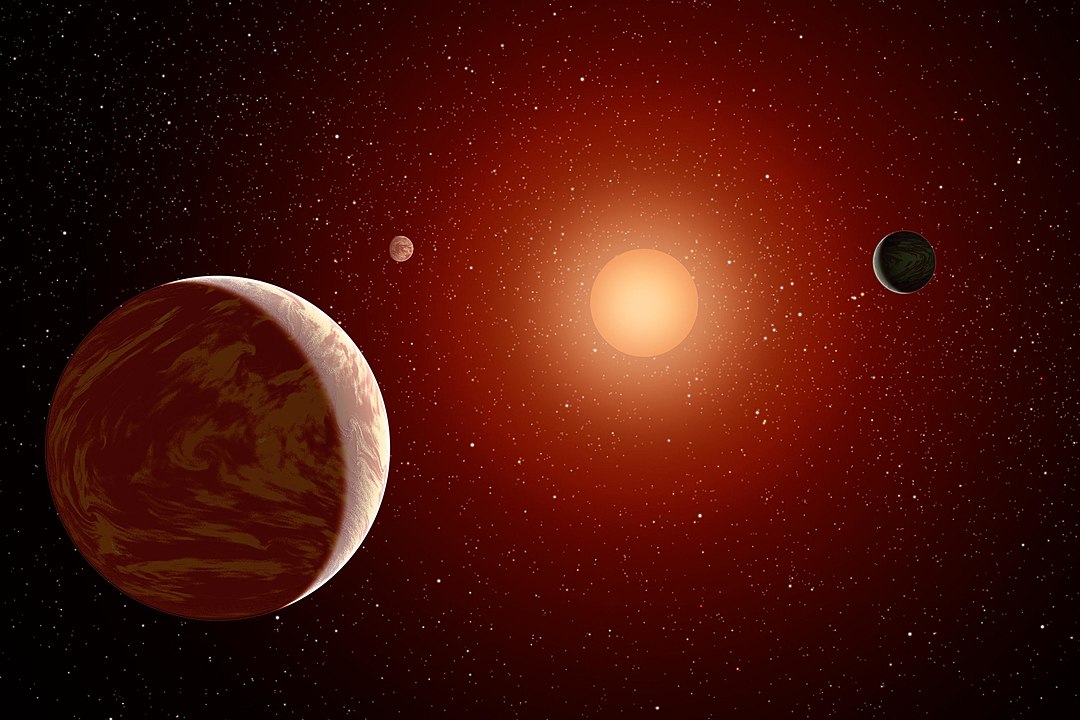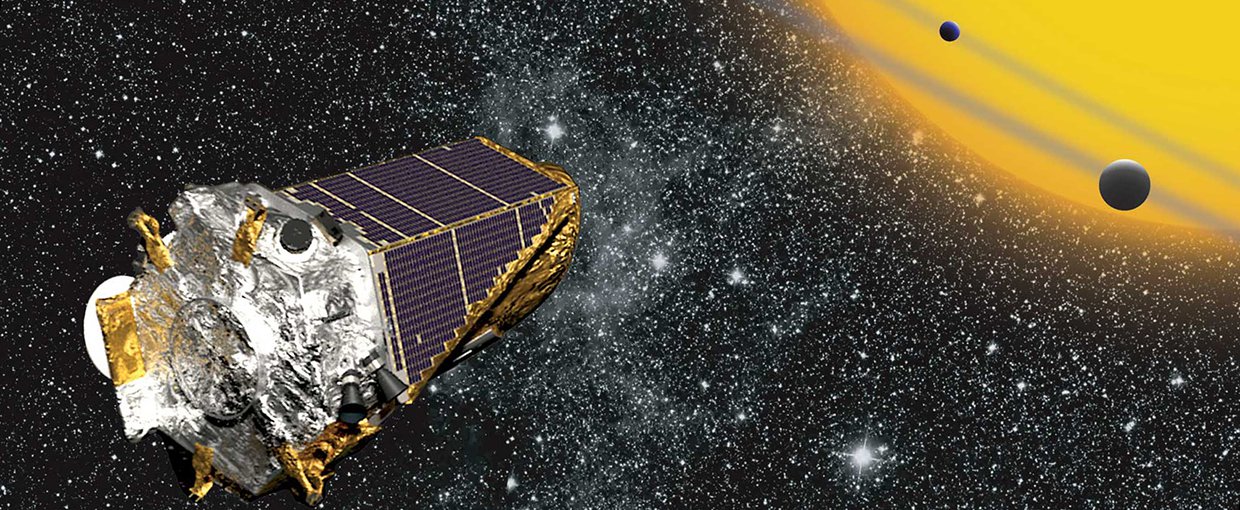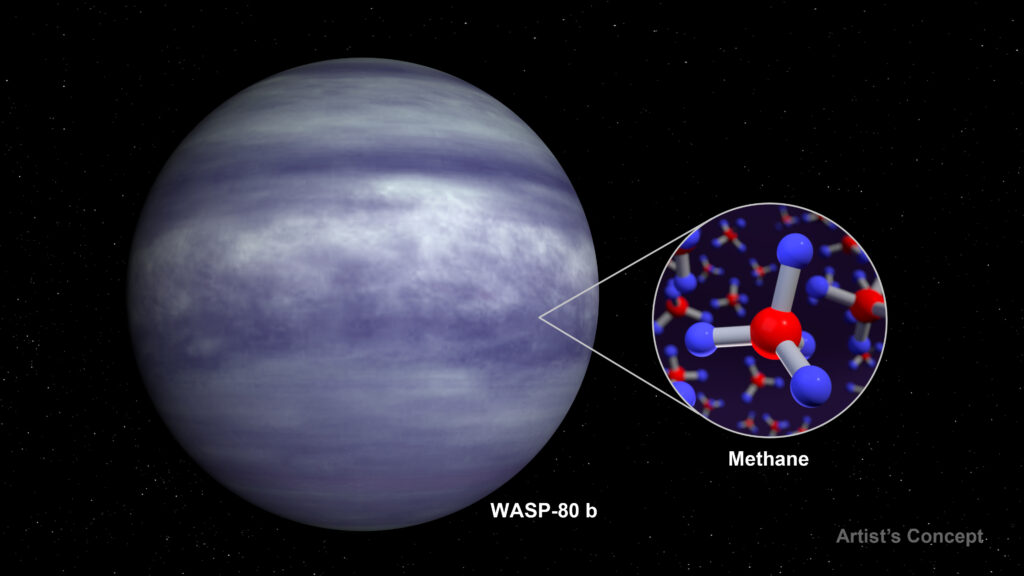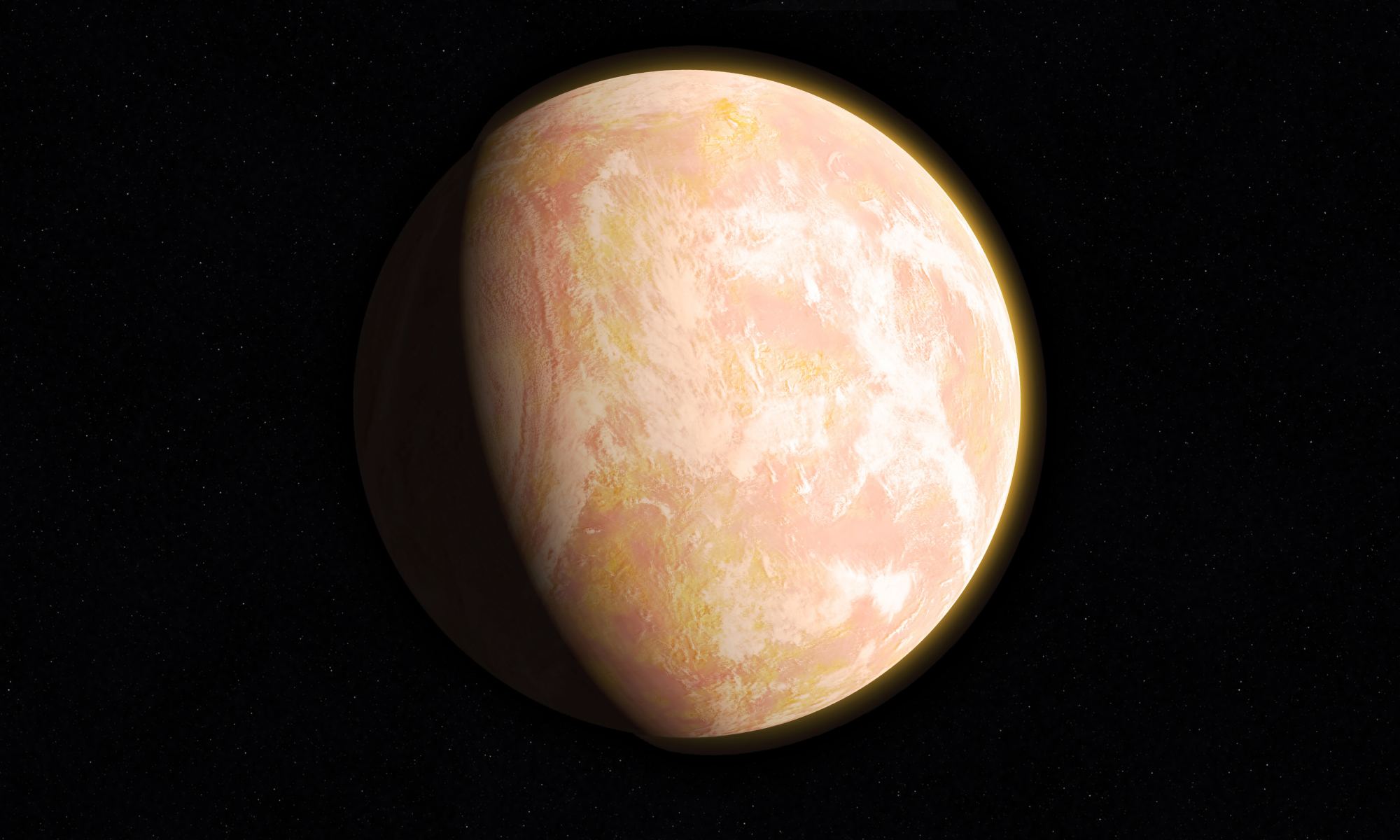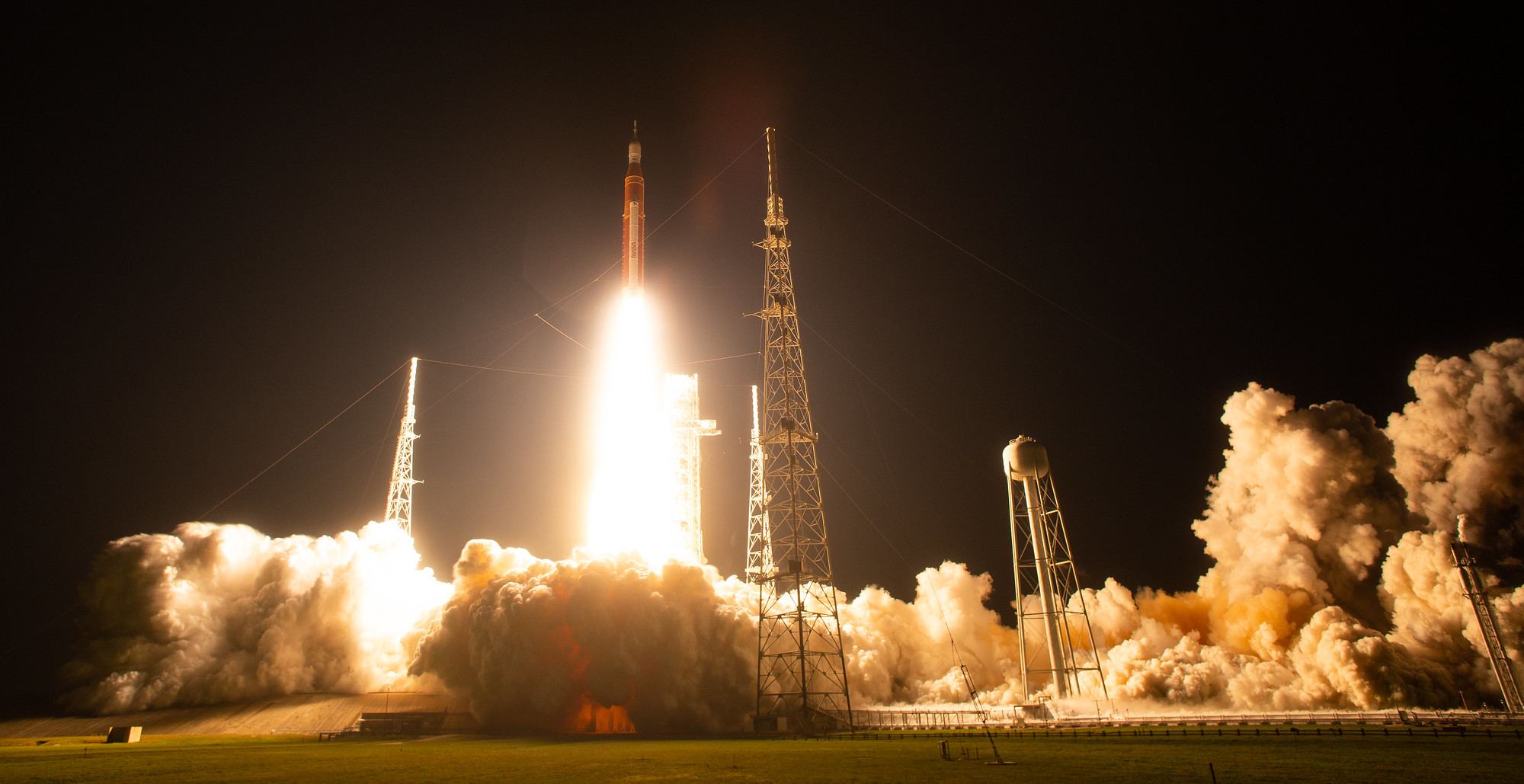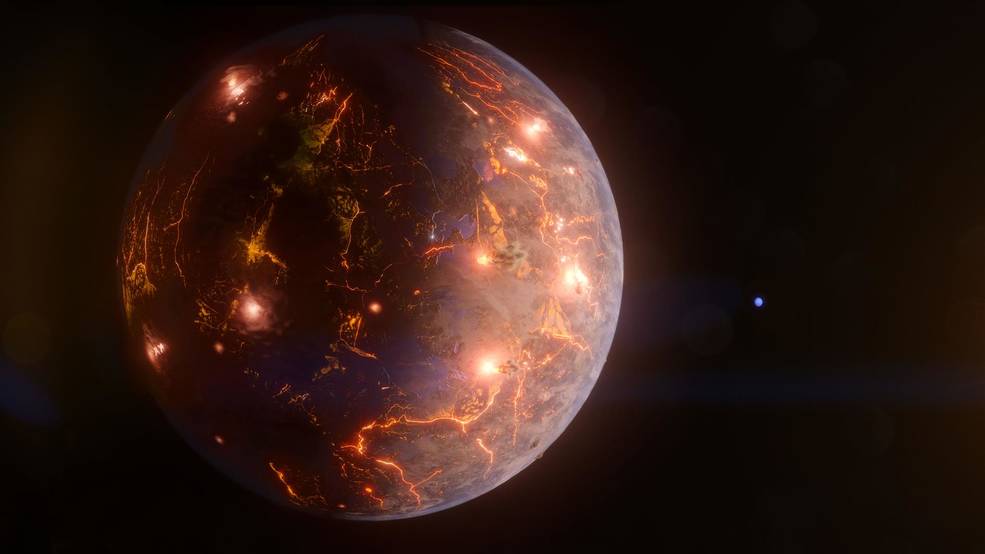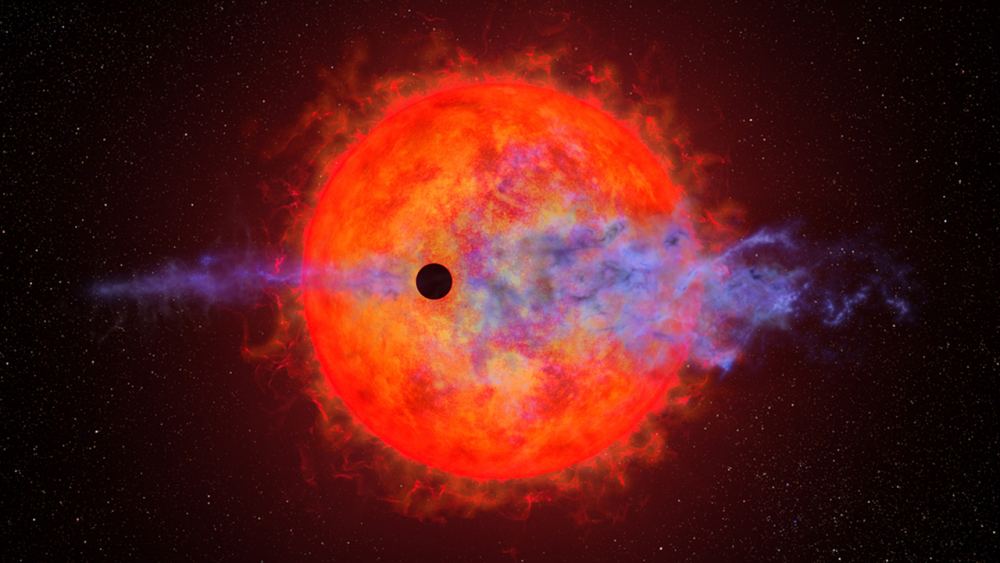Red dwarf exoplanet habitability is a hot topic in space science. These small dim stars host lots of exoplanets, including small rocky ones the size of Earth. But the little stars emit extremely powerful flares that can damage and strip away atmospheres.
If we’re ever going to understand red dwarf habitability, we need to understand the atmospheres of the exoplanets that orbit them.
Continue reading “GJ 367b is Another Dead World Orbiting a Red Dwarf”
